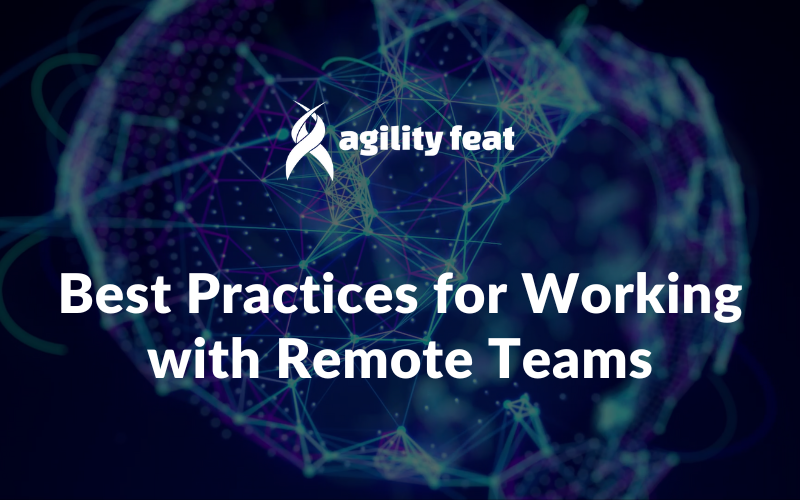As the COO of AgilityFeat, I’ve had the privilege of working alongside incredible U.S. companies and talented developers across Latin America to build nearshore software development teams that truly thrive. Over the past decade, we’ve learned that successful remote collaboration goes far beyond hiring skilled professionals—it’s about fostering communication, aligning cultures, and empowering teams.
Last month, I had the pleasure of being a guest on the Scaling Tech Podcast for an episode titled, Nearshore Software Development in Latin America. Below are some of the key insights I shared, along with quotes from the episode.
Strong Communication is Non-Negotiable
For remote teams to succeed , great communication—both written and spoken—is paramount. Fast-paced, collaborative projects often encounter roadblocks, and success hinges on proactive problem-solving.
“We look for team members who don’t wait for someone to point out blockers—they communicate, identify gaps, and help the team get stronger for it.”
Teams spread across different time zones rely on seamless communication to avoid delays and misunderstandings. This requires not only technical skills but also the ability to articulate ideas clearly and consistently, as well as being open to input from others and reaching consensus.
Outcome Drivers, Not Passengers
One of the qualities we value most is initiative. The best team members are not content to simply follow instructions; they challenge assumptions, propose alternatives, and work toward continuous improvement.
“We value people who ask, ‘What if we did this differently?’ or ‘What if we used an existing tool to save time?’ Those who take ownership of outcomes elevate the quality of collaboration and the product itself.”
Encouraging developers to think critically about the bigger picture—beyond just completing tasks—elevates the quality of both the product and the collaboration.
Team Members, Not Resources
A common pitfall in managing remote teams is treating them as interchangeable “resources.” This mindset can hinder creativity and ownership, as well as foster team churn. Instead, AgilityFeat fosters a culture where remote developers are integral members of the team, invested in the product and the client’s success.
“We don’t just churn out code. We’re present, collaborative, and deeply connected to the projects we work on. It’s about building trust, relationships, and products together.”
This approach ensures that remote teams are aligned with the company’s goals, creating a sense of shared purpose and accountability.
(Our CEO and Founder, Arin Sime, wrote a great blog post on this subject that I recommend: Beyond “Resources”: Building Stronger Contract Software Development Teams.)
Why Latin America?
Many companies are drawn to nearshore teams in Latin America for cost efficiency, but they stay for the talent, creativity, and time zone alignment. Proximity allows for real-time collaboration and agile workflows, which are often impractical with teams in distant time zones.
“Clients come to us for cost, but they stay because we make their vision happen. Our developers are talented, innovative, and deeply committed to delivering value beyond the requirements.”
Creating Partnerships That Thrive
Successfully integrating remote teams requires a commitment to communication, ownership, and collaboration. By treating nearshore developers as valued team members and leveraging the proximity of Latin America, companies can unlock remarkable results.
“When you believe in what you’re building and the people you’re working with, you go the extra mile—not just to do your job but to think about what’s best for the company and the client.”
If you’re considering nearshore development in Latin America, we’d love to show you how these practices can transform your team. Schedule a free assessment today and let’s explore what’s possible!










